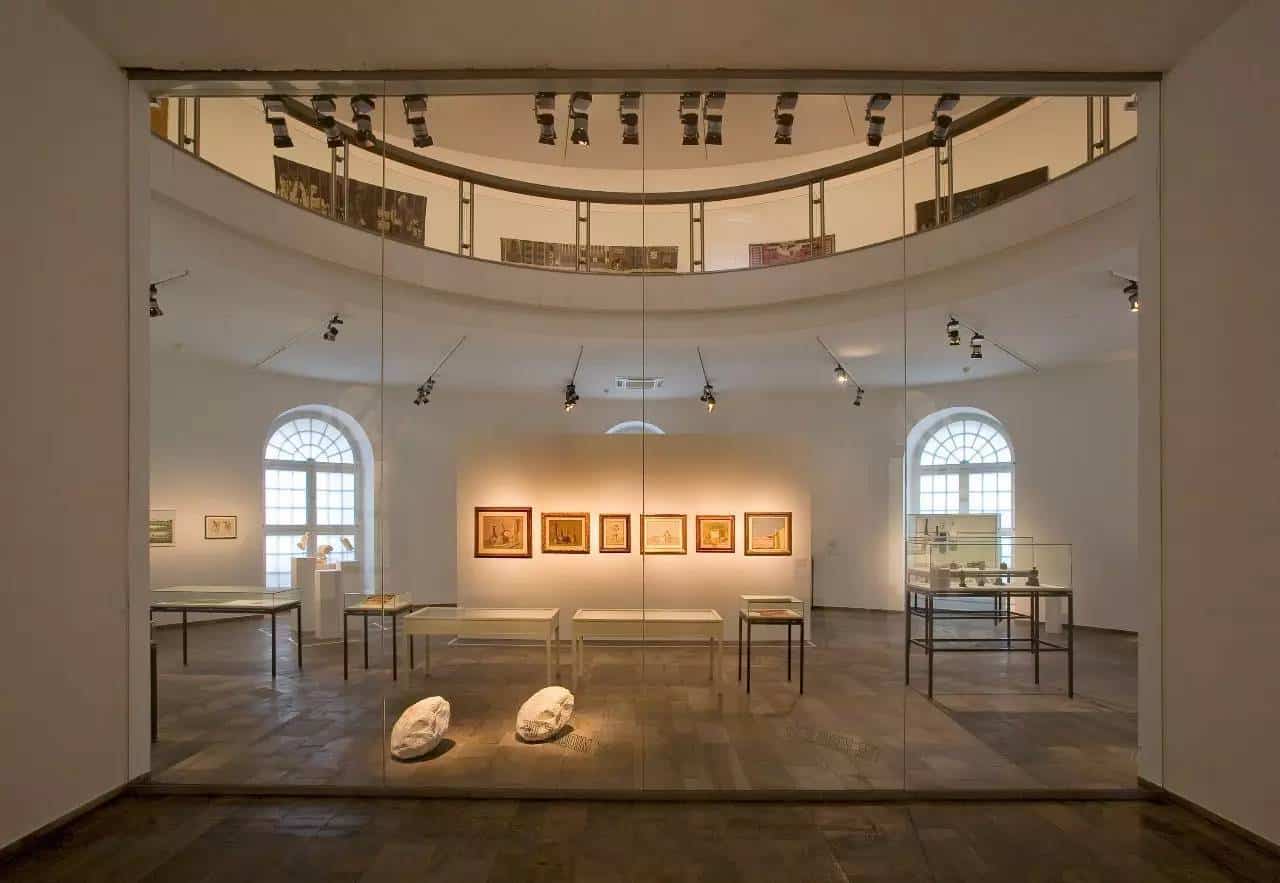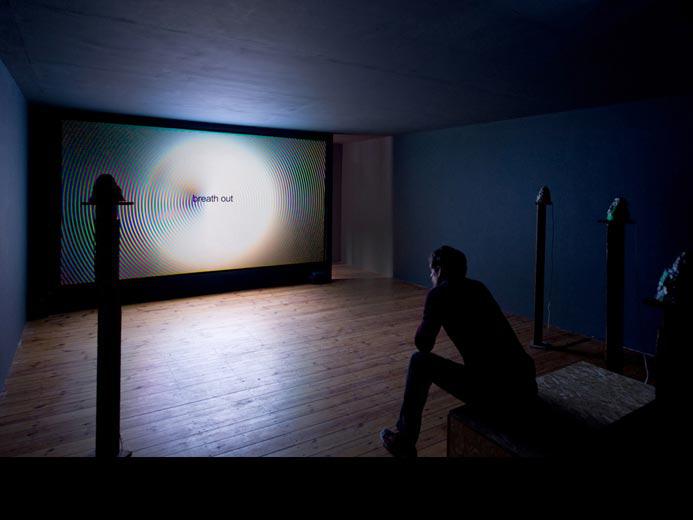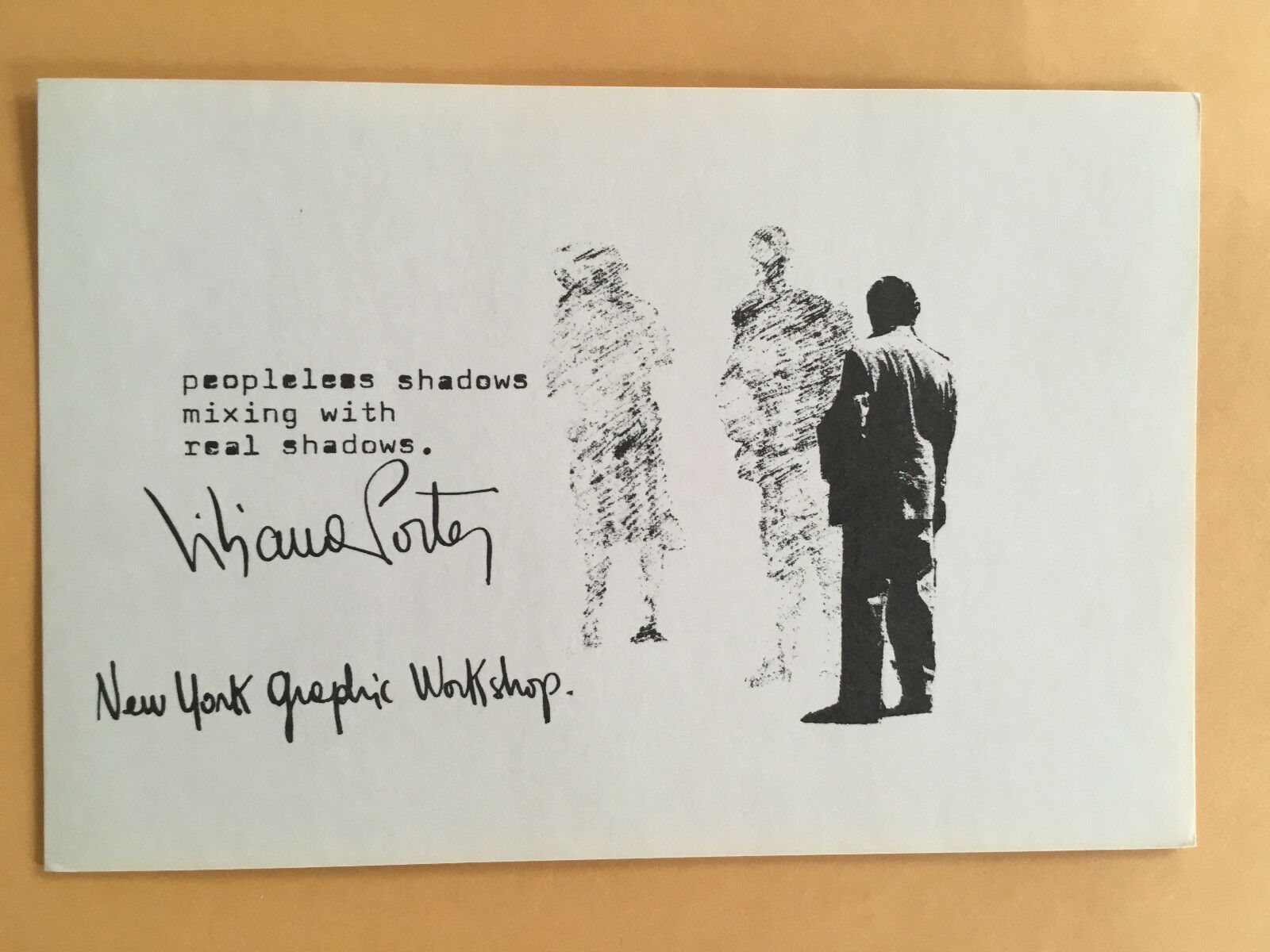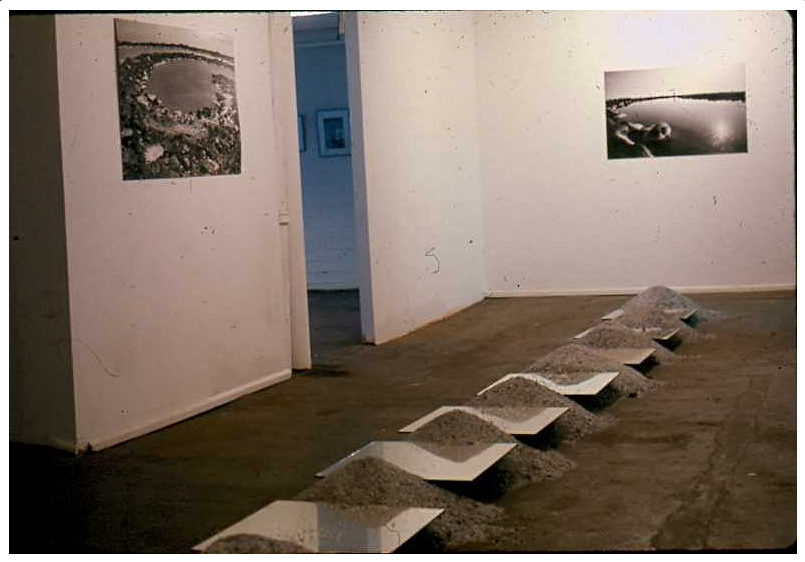WHAT IS AN EXHIBITION?
"It goes without saying that, without artists and artworks, the exhibitions of the sort we are discussing would not be possible (and curators would be, quite simply, out of a job). Artworks are the essential fulcrum around which both exhibition and curator turn. Still, an exhibition is more than the series of artworks produced by a list of artists, occupying a given space and hung more or less high on a wall. And no matter how vital ideas may be to its preparation, conception, or thematization, an exhibition is not a merely transparent representation of ideas (or ideology or politics) in space. Organize the very same artworks in the very same space differently, give the exhibition a new title, and you can potentially elicit an entirely different experience or reading of the contents. This suggests that an exhibition isn’t only the sum of its artworks, but also the relationships created between them, the dramaturgy around them, and the discourse that frames them." - Elena Filipovic, "What is an exhibition" in 'Ten Fundamental Questions of Curating', ed. Jens Hoffmann, Mousse Publishing





Images clockwise: "My Biennial is Better than Yours" (2009) by Tolga Taluy for the X Biennial Lyon, at online; "Brain" for documenta13 (2012) by Carolyn Christov-Bakargiev at Museum Fridericianum; "The Persuaders: Benedict Drew" (2012) by CIRCA Projects for AV Festival; "Peopleless Shadows" by Liliana Porter in "Numbers Show" (1969-1974) by Lucy Lippard; "Machine is Nature" (2019), The Factory Contemporary Arts Centre in District 2, Ho Chi Minh; "Robert Smithson: Retrospective" (1977) at Hallwalls; "Cosmic Call" (2018) by Angela Su at Tai Kwun, Hong Kong
RELATIONSHIPS
DISCOURSES
FRAMING
DRAMATURGY
WRITING IN THE CURATORIAL FRAMEWORK
Ideas board
HOW DO CURATORS TACKLE...
PRESS RELEASE
EXHIBITION TEXT
EXHIBITION LABELS : object labes, group labels, introductory texts
case 1
Programmed: Rules, Codes, and Choreographies in Art, 1965–2018
Sept 28, 2018–Apr 14, 2019
Whitney Museum, New York, US
section text + label object
press release
>>>>>>>>>>>>> in which ways the conventions of curatorial writing respond to artist's works? >>>>>> how does writing not only frame but also create audiences? >>>> how does it create relationships - between the artwork and the audience, between the object and the process, between art and culture at large? >>>>>>>> which directions is curatorial writing taking?
QUESTIONING THE ROLE AND FUNCTION OF CURATORIAL WRITING
Since the avant gardes artists have challenged the way their work was interpreted by others, be them critics, collectors, or curators.
“Lucy Lippard on How to Be an Art Critic”(2014) by Corinna Kirsch, in ArtfagCity
"Black Flags" by Ian White (2011) in F.R. David Summer 2011, edited by Will Holder and Mike Sperlinger
"Anno Domini but add another D: faith in Chicks n Speed" (2013) by Eleanor Ivory Weber in How To Sleep Faster #4 published by Arcadia Missa
"Here and there. Here and there ther are gaps, of course. After all it is quite impossible not to let something in." From "Pond: Stories" (2015) by Claire-Louise Bennett, published by A stinging Fly Press Book
"I like to read with my eyes and not with my ears. I like to read inside not outside. However if you are going to lecture and to write the lecture beforehand you have to read it out load. And it is not possible not to write it beforehand because in that case it is not written and what is spoken is never written and as spoken it is not really interesting." From "Everybody's Autobiography" (1973) by Gertrude Stein published by Vintage Books Edition
>> in which ways the conventions of curatorial writing respond to artist's works? >> how does writing not only frame but also create audiences? >> how does it creates relationships - between the artwork and the audience, between the object and the process, between art and culture at large? >> which directions is curatorial writing taking?
WRITING CONVENTIONS
>> the spatiality of text
>> writing processes
>> writing experiences
>> writing and invisible authority
>> writer's voice
RE-IMAGINING CONVENTIONS
>> here and there
>> inside and outside
>>written and spoken
EXPLORATION
QUESTIONS
Think of an exhibition you saw.
- How the exhibition text determines the way you look at artworks?
- What are the strategies for addressing an audience? And which audiences are we talking to as curators writing texts?
QUESTION
- How would you work with these conventions?
- What are the pros and cons of working with these conventions?
case 2
Mark Rothko
23 May 2016 – 2 August 2008
Tate Modern, London, UK
interpretation
analysis interpretation
artists re-imagining conventions
case 3
documenta12 + documenta 12 magazines
2007
Kassel, Germany
case 1
Fred Wilson
"Mining the Museum" (1992-1993)at
Maryland Historical Society
case 2
Judy Sibayan
case 3
Marcel Broodhaers
"Département des Aigles, Musée d’Art Moderne" (1968 – 1972)
case 4
Five Million Incidents (2019-2020)
“This Museum is a fictitious museum. It plays the role of, on the one hand, a political parody of art shows, and on the other hand an artistic parody of political events. Which is in fact what official museums and institutions like Documenta do. With the difference, however, that a work of fiction allows you to capture reality and at the same time what it conceals.” Marcel Broodthaers
A gallery I wore, curated and performed daily for five years (1997- 2002), it exhibited the works of some 50 artists from around the world. For each exhibition, I did what every respectable gallery did for its artist: the writing and publishing of exhibition, curatorial design, publicity, documentation, openings, shipping logistics, artist-gallery contracts, design and construction of the gallery. I even created a portable archive in the form of a back-pack. This performance art gallery was my response to having worked in the museum and gallery system as an exhibiting artist who did mostly performance art and installations and as a curatorial assistant, then finally as director of a contemporary art museum. My curatorial practice has always been informed by my art practice and vice versa.
Judy Freya Sibayan
Scapular Gallery Nomad
1997 – 2002
The curatorial method of the Museum of Mental Objects is simple. Artists are invited to whisper art ideas to the curators. The curators and the artists will keep these artworks as mere memories. They will never be documented or represented in any other shape or form. MoMO can be invited to recite these works and the names of the artists on condition that no video or audio recordings will be made of the performance. There will be no photographs taken of the event. The audience who will experience the artworks will be requested to do the same. These works will therefore exist wholly dependent on how well the artists and curators keep them in their memory or how memorable these works are. MoMO is only a keeper of mental objects. MoMO exhibits no visible artworks, thus there will be no objects to be commodified. tradition and participation.
Judy Freya Sibayan
Museum of Mental Objects
2002 onwards
Five Million Incidents is a year-long series of events, organized by Goethe-Institut / Max Mueller Bhavan New Delhi and Kolkata. Conceived in collaboration with Raqs Media Collective, it invites experimentation with the possibilities of public space, time, media, communication and interaction.
"Truth Trophy Awarded Until 1922 for Truth in Advertising"
Handout (for elevator)